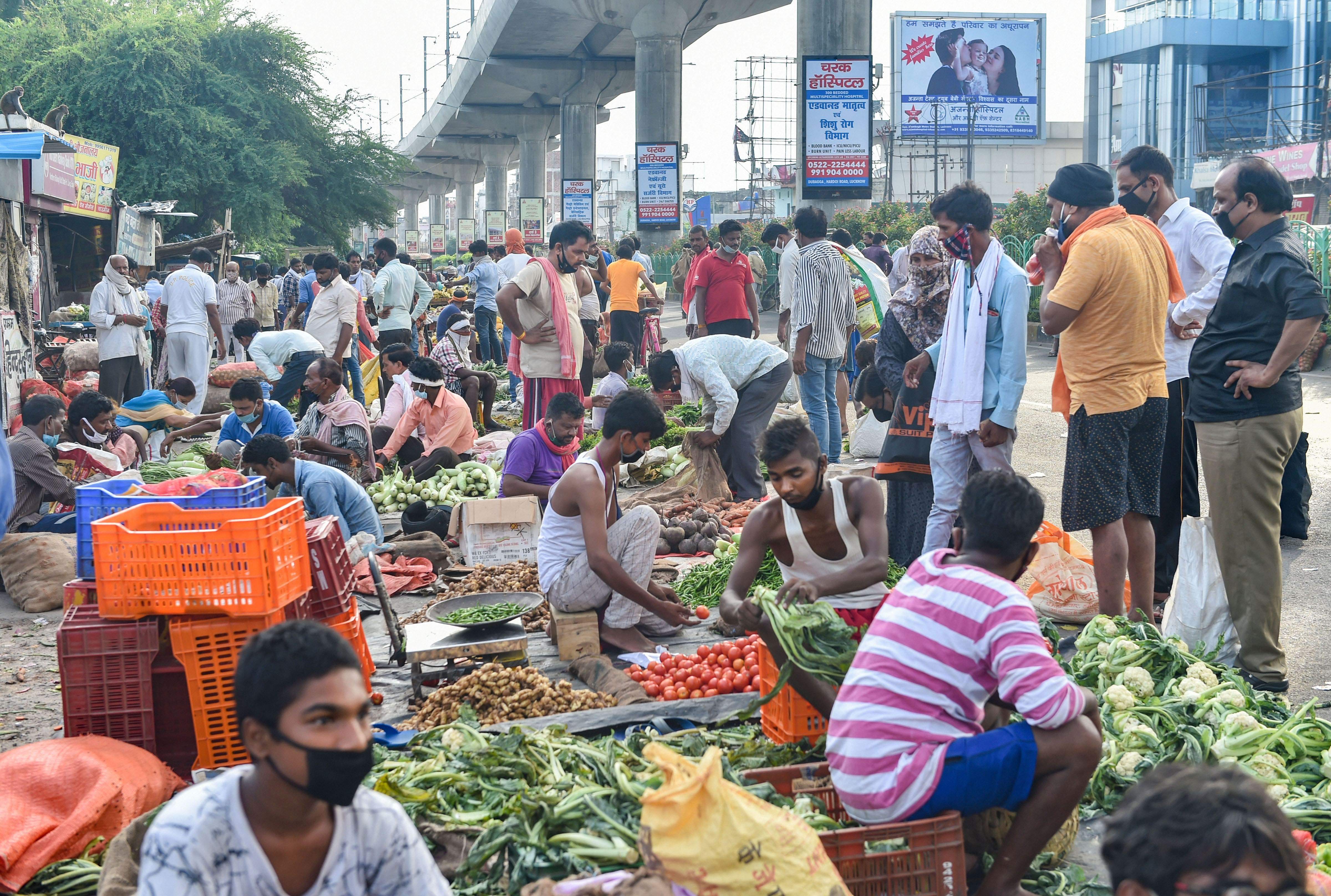
Recessionary trends emerge as WPI inflation up for first time since March
Keeping a steady rise for the third straight month, India’s annual rate of inflation based on wholesale prices jumped to 1.48 per cent in October from a rise of 1.32 per cent in September.

Keeping a steady rise for the third straight month, India’s annual rate of inflation based on wholesale prices jumped to 1.48 per cent in October from a rise of 1.32 per cent in September.
This comes close on a warning from a team of economists, including Michael Patra, the central bank’s deputy governor in-charge of monetary policy, saying the country is being pushed into an unprecedented recession.
Experts have also warned of yet another prospect of stagflation: a situation in which the inflation rate is high, the economic growth rate slows, and unemployment remains steadily high. It presents a dilemma for economic policy, since actions intended to lower inflation may exacerbate unemployment.
Also read: Economy recovering on govt interventions, waiting for firm signs: FM
The wholesale price index-based (WPI) inflation rose to an eight-month high as manufactured products turned costlier. The WPI inflation was 1.32 per cent in September and zero per cent in October last year. This is the highest level of wholesale price index-based inflation since February when it was 2.26 per cent.
The WPI measures and tracks the changes in the price of goods before they reach consumers: goods that are sold in bulk and traded between entities or businesses (rather than consumers). Wholesale price indexes (WPIs) are one indicator of a country’s level of inflation.
WPI inflation is likely to increase in the coming months as the prices of manufactured products increase. Further, while inflation of manufactured goods would increase as companies get back their pricing power, primary articles inflation is expected to remain depressed with a good harvest. However, “Headline inflation will remain low nonetheless and will not be a concern for policy makers,” a CARE Ratings report said.
The manufactured goods include those under engineering, cement, construction, chemicals and fertilizers, metal and mining, packaging and petrochemicals.
Also read:RBI is faced with a ‘trilemma’ as economy shrinks, inflation rises
While food article prices softened in October, manufactured items witnessed hardening of prices, according to data released by the Commerce and Industry Ministry on Monday.
Food inflation in October stood at 6.37 per cent, as against 8.17 per cent in the previous month. The rate of price rise in vegetables and potato remained high at 25.23 per cent and 107.70 per cent, respectively, during the month.
Inflation in non-food articles and minerals was higher at 2.85 per cent and 9.11 per cent, respectively.
In the manufactured products category, inflation stood at 2.12 per cent in October, compared to 1.61 per cent in September. Prices in fuel and power basket softened to (-) 10.95 per cent in October.
The retail inflation, based on the consumer price index, was 7.61 per cent in October, data released last week showed.
The Reserve Bank in a report on the state of economy last week had also flagged unrelenting pressure of inflation as a downside risk confronting the prospects of economic recovery.
“The foremost is the unrelenting pressure of inflation, with no signs of waning in spite of supply management measures… There is a grave risk of generalization of price pressures, unanchoring of inflation expectations feeding into a loss of credibility in policy interventions and the eventual corrosion of the nascent growth impulses that are making their appearance,” the RBI said.


